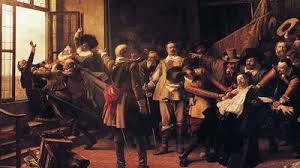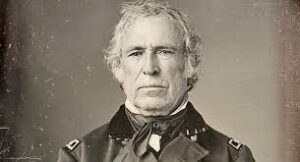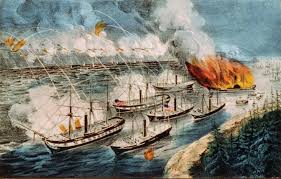Vaša košarica je trenutno prazna!
1609 – Bohemia Granted Religious Freedom (Letter of Majesty)

On July 9, 1609, Emperor Rudolf II issued the Letter of Majesty, granting religious freedom to Protestant nobles in the Kingdom of Bohemia. This significant decree allowed worship and built churches for Hussites and Lutherans, reducing sectarian tensions. It marked a watershed in the religious conflicts of the Holy Roman Empire. The Letter became a legal cornerstone for civil and religious rights in Bohemia. By providing legal protections, it empowered nobles to resist Habsburg religious centralization efforts. The document’s legacy influenced later legal frameworks on religious tolerance. July 9 is therefore remembered in Czech history as a milestone for religious liberty. The decree set the stage for future debates that would culminate in the Thirty Years’ War.
1762 – Catherine the Great Assumes Power in Russia

On July 9, 1762, Catherine II overthrew her husband, Emperor Peter III, in a coup and became Empress of Russia. Her reign ushered in the Golden Age of the Russian Empire, extending its territory and leading significant cultural reform. She patronized education, the arts, and modernization inspired by Western Enlightenment ideals. Under her rule, Russia expanded southward and westward, establishing dominance in Eastern Europe. Catherine’s policies reshaped government structures, creating a more centralized and efficient imperial bureaucracy. She also corresponded with leading European intellectuals like Voltaire and Diderot. Her reign lasted 34 years, making her one of the longest-ruling women in European history. Today, Catherine the Great is remembered for transforming Russia into a modern, powerful nation.
1816 – Argentina Declares Independence

On July 9, 1816, the Congress of Tucumán formally declared the independence of Argentina from Spanish rule. Delegates representing the United Provinces of the Río de la Plata met in San Miguel de Tucumán to sign the declaration. This was a decisive political break, signaling the end of 300 years of Spanish colonialism in the region. It also sparked the wave of independence movements across South America. Rather than a sudden insurrection, independence was the result of years of war, diplomacy, and Enlightenment influence. The declaration was celebrated immediately and remains Argentina’s National Day. Today, July 9 is a national holiday marked with parades and official ceremonies. It is a cornerstone moment in Latin American history.
1850 – U.S. President Zachary Taylor Dies in Office

On July 9, 1850, President Zachary Taylor died suddenly in Washington, D.C., only 16 months into his term. His death followed a brief illness after attending Independence Day celebrations in extreme heat. Taylor’s unexpected passing brought Millard Fillmore to the presidency without an election. Despite serving only a short time, Taylor was popular for his heroism in the Mexican-American War. His death shook the nation and caused speculation over causes—some alleging poisoning, though later investigations dismissed foul play. His demise also delayed critical decisions on the Compromise of 1850, which Fillmore soon signed. Taylor’s death reminds us how fragile leadership transitions can be. Historians still debate the political implications had he survived.
1863 – Union Victory at the Siege of Port Hudson

On July 9, 1863, Union forces captured Port Hudson, Louisiana, completing control of the Mississippi River. This victory came just five days after the fall of Vicksburg, devastating Confederate supply lines and morale. Port Hudson had been the longest siege in American history, lasting 48 intense days. With its surrender, the Union effectively split Confederate territory in two. The victory fulfilled a key objective of the Civil War’s Anaconda Plan. It also boosted public support for President Lincoln and the abolitionist cause. Today, Port Hudson is remembered as a pivotal moment in the Civil War. The siege and its success reshaped the war’s strategic landscape.
1918 – Deadliest Train Accident in Nashville

On July 9, 1918, a local train in Nashville, Tennessee, collided with an express train, causing 101 deaths and 171 injuries—the deadliest rail disaster in U.S. history. The disaster occurred after maintenance crews left gaps in the track, and a batsman signal failure led to the collision. The aftermath exposed serious issues in railroad safety and signaling standards. Investigations prompted new regulations and improved signaling protocols. The community responded with mass funerals and calls for oversight. Locomotive engineering also advanced due to pressure from the tragedy. It remains a solemn historic event in American rail transport history. July 9 serves as a reminder of safety’s importance in public infrastructure.
Want to dive deeper into ancient warfare? Don’t miss our articles on Timeline Stories.

